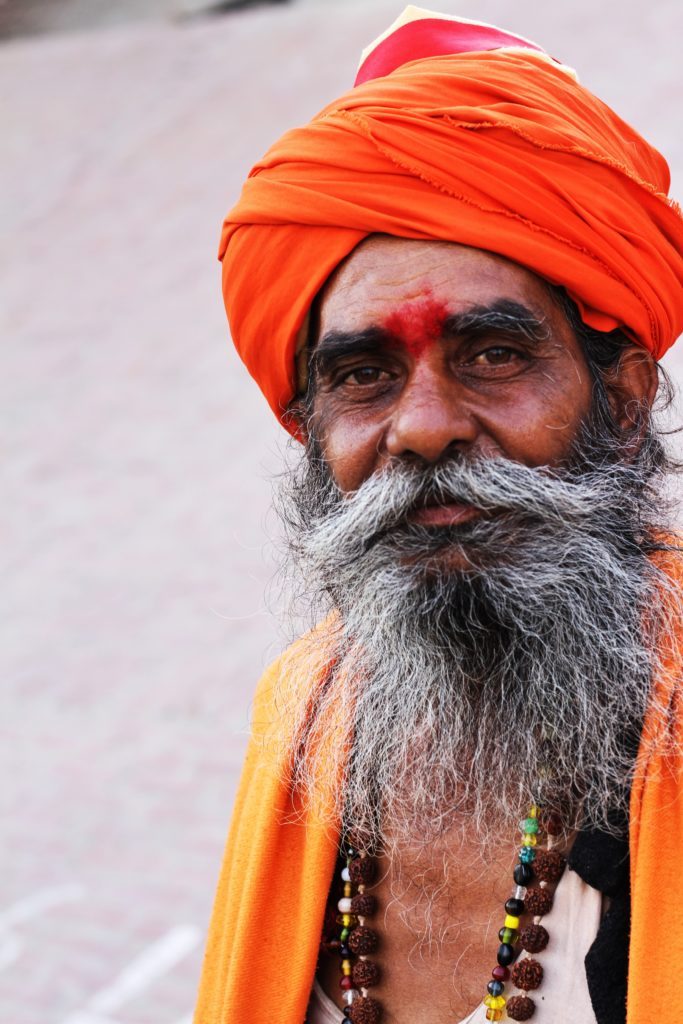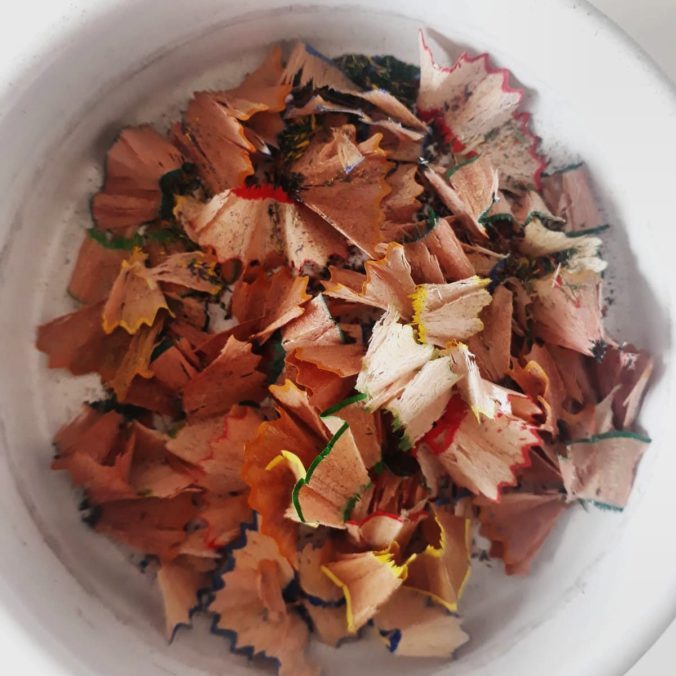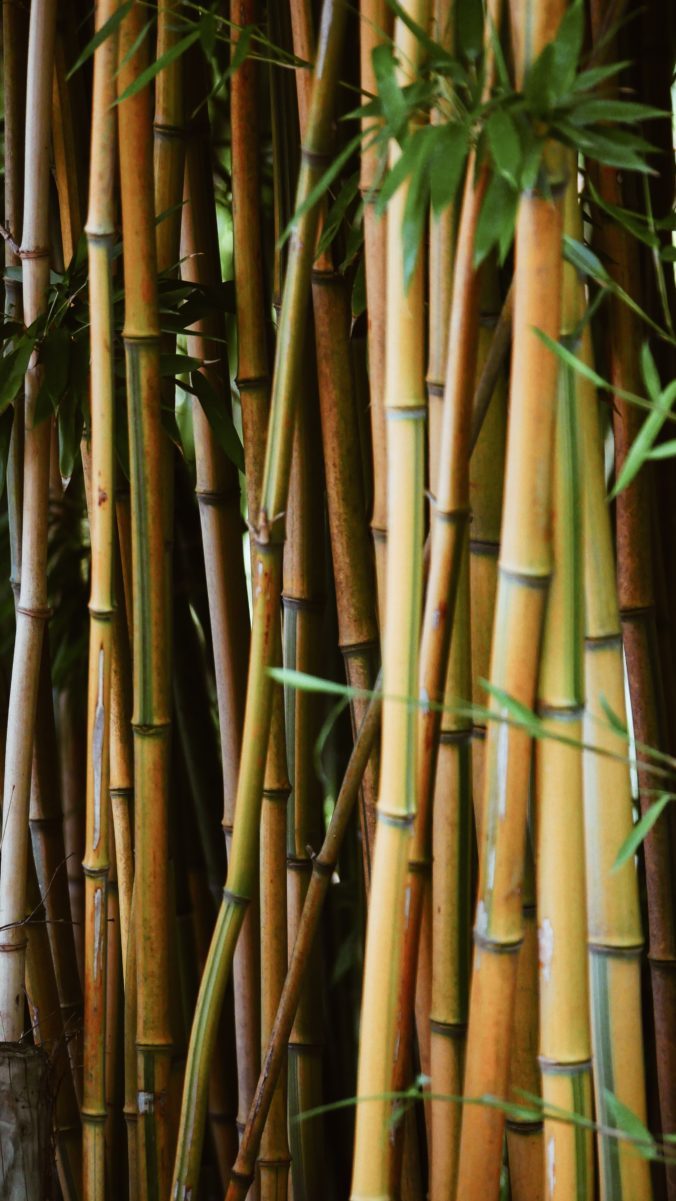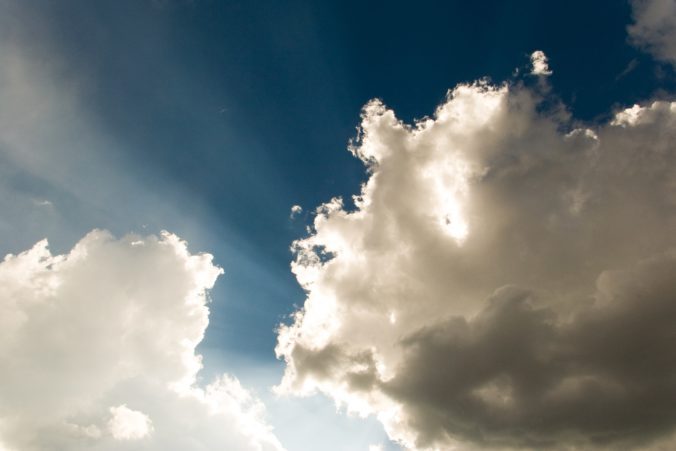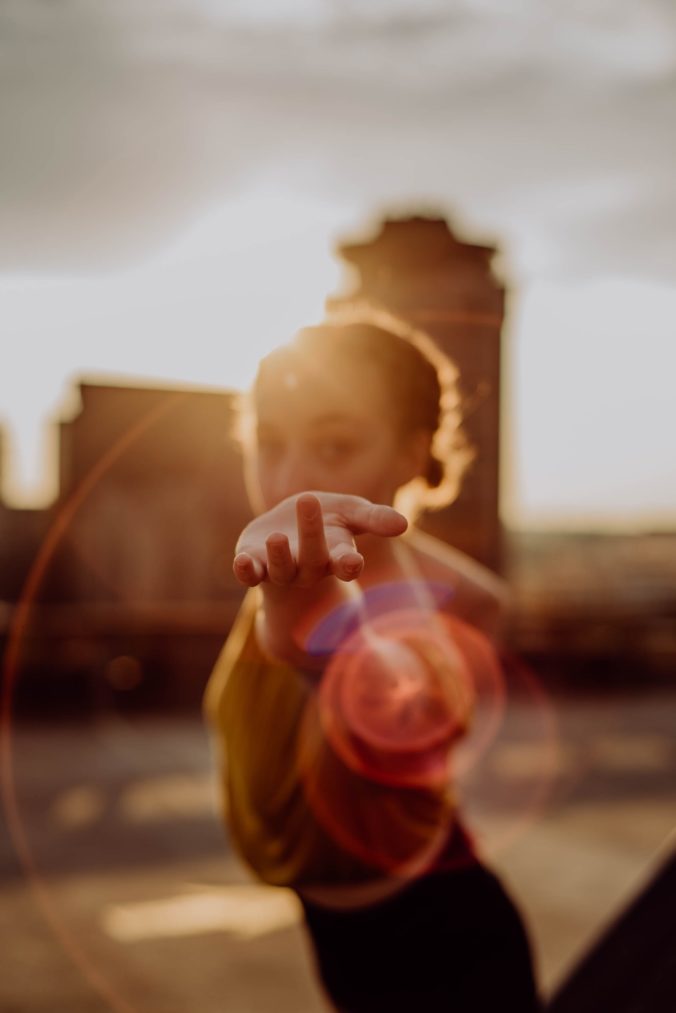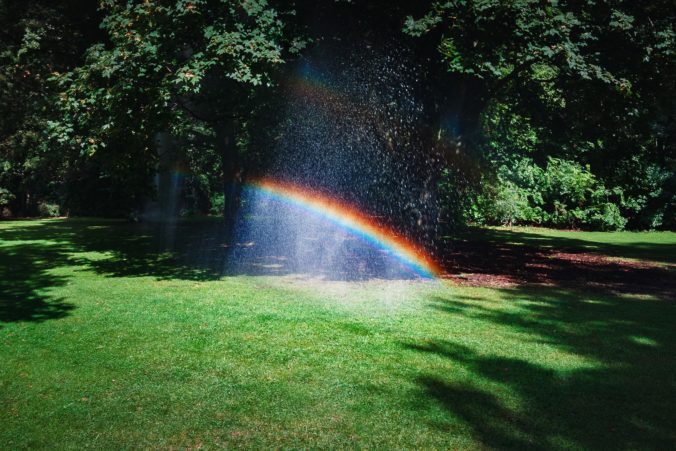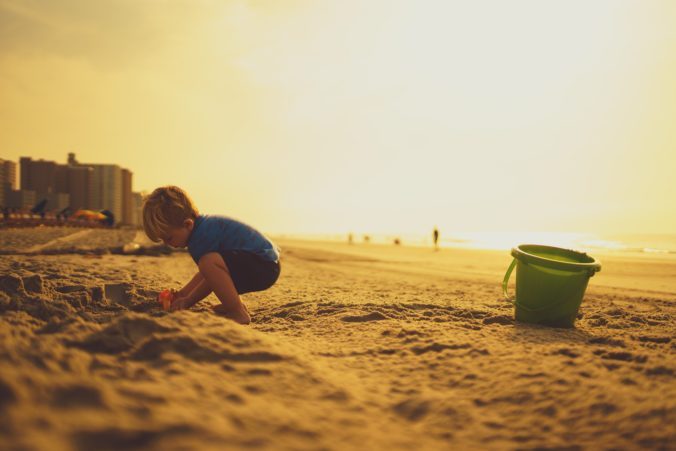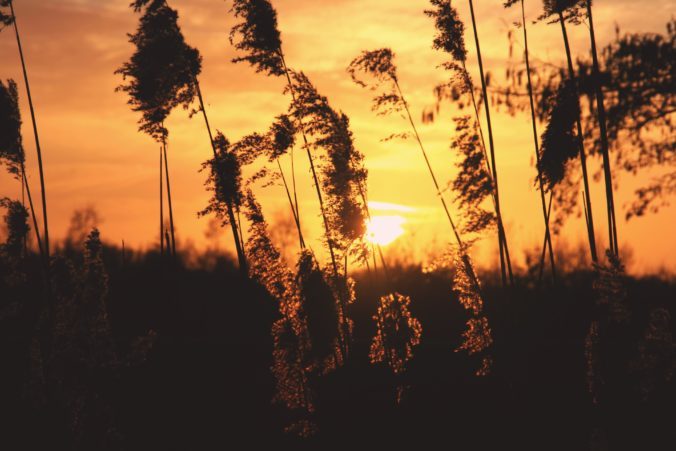There’s a good chance, that the
first time we wrote ‘Once upon a time’ on a piece of paper, or the time
we traced our left palm with the right hand during school, our foray into the
world of creation was enabled by our dainty dear friend – a humble pencil.
It has seen us grow from compulsive scribblers who loved to run across the hall while tracing the path of the furthest reach of our dominant hand on the freshly distempered walls, to inspired artists who could enliven a piece of paper with controlled strokes, as we captured the beauty of worlds without and within. From joining the dots to make a frog (that most likely had a name) in a children’s book, to sophisticated geometric constructions in high school, hasn’t the pencil aided us throughout on our learning adventures?
The most pleasant trait of a pencil, is its forgiving nature. For little children taking the first steps towards literacy, it serves as an agreeable companion that lovingly makes allowances for mistakes along the way. A misspelt word or a miscalculation doesn’t feel fatal, for there is always room to erase and make corrections instantly. The eraser seldom leaves traces of the error and all seems well by the end of the page. The eraser does loose its sleek edges with use, but it still preserves its saintly white colour despite all the ashen taints through erasures over time.
A pencil and an eraser share fascinating chemistry. Even though an eraser wields the power to expunge everything written down by a pencil, one could never imagine an enmity between the two. The pencil, a suave dancer with black heeled stilettos, and the eraser, a chubby doll draped in snowy white, while being opposites in shape, footprint, and function, never seem to have nursed any conceit inside. They willingly share the bed and sleep side by side in their camper home shaped like a compass box. They serve as enablers, to each other and to the tiny fingers that are just learning how to draw and erase.
A pencil and an eraser – a paragon of a perfect partnership.
Pencils feel like our friends, and erasers too, through association, are a chum in our directory. So entwined is their existence that pencils and erasers are usually branded under the same name by manufacturers. And at times, the pencil dons an eraser as a headgear on the non-writing end, further coalescing their identities. The composite unit reminded one of an elegant ballerina swirling on the icy white rink of a notebook. I guess my bias for imagining a pencil as a dancer is influenced by the famous brands of pencils that were named after dancers from Indian mythology, Natraj and Apsara.
Part of the romance we feel for the pencil could be because the first thing we did with it was to draw. Our first instinct as a child was to give a tangible form to our unfettered imagination. A pencil invited playfulness, for all mistakes, inadvertent or deliberate, offered the latitude for correction. It isn’t surprising then, that on discovering that we’d have to switch to the unforgiving pen in Grade 5, a pall of dread surfaced on our chubby cheeks and dimpled chins in Primary school.
The non-judgemental and accommodating air of the pencil further helped us develop trust in it. It leaves little doubt that every literate generation’s first love letter was scribbled in pencil, its amorous carbon footprint still resting solemnly in the yellowing graveyard of an old middle-school textbook. The pencil, perhaps, was the only one privy to the surge of emotions at the cusp of adolescence in our little heart. And after all these years, should that love have proven to be a mistake, it still offers you comfort and closure through a cathartic erasure.
The way we perceive the age of a pencil is peculiar. Somehow, it never feels old to us. Every time it emerges from the cavern of a metal sharpener, it seems new and empowered. It leaves an elegant woody carnation behind, that we’re pained to throw away for its fleeting artistic value.
With each visit to the sharpener’s
den, we can see its life shorten, which perhaps adds some animation and verve to
its material form. It works as a translator that conveys our intentions with
sincerity. Unlike the pen that speaks in one colour, one thickness, blots the
paper in one fashion; the pencil lends its usage depending on the mood of the
artist who wields it.
It is easy to shade and tint even
with an HB pencil, and there are many gradations of pencils available for
people who fancy the shady business. The pencil can render a bold streak or a
meek ruffle on the paper depending on the effect desired by the artist. And if
one uses colour pencils, those 12 fountains of magic can transform a grayscale
world into the Technicolor extravaganza as seen through the eyes of a mantis
shrimp.
A stoic calm is the hallmark of a pencil’s character. It never breathes a word
about its diminution. It’s often chewed up at one end, treated as cheap and
dispensable, relegated, neglected, but the moment you need it, it’s around.
Despite being taken for granted endlessly, it is ever forgiving, just as a
mother.
A pencil invites sparks of creativity. That doesn’t come as a surprise, for it is anatomically designed to aid that electric flow. It has a perfect cylindrical conductor wrapped safely in a wooden insulator that ensures a safe and ceaseless torrent of electric ideas, as if all the creative electrons are just waiting for the moment the lead meets paper, thereby completing the circuit of creation.
As we grew up and embraced ink, the pencil kept showing up in the guise of a pen. It began with a lead-pen that held a rod of graphite with a forceps-like end. Then came the pen-pencil (clutch pencil) that remains in vogue to this day for its sleek design. And remember its exiled contemporary? The hideous florescent-cased 10 lead wonder, where you could remove a spent lead casing and push it at the back of the pencil and bam! –you had a fresh lead. Loud as it was in design, it also ushered in the woeful world of disposable stationery.
For the record, pencils have always been sustainable, way before it became a buzzword. Think about it!
And a pencil is reliable, for the
ink never dries up, it doesn’t smudge the fabric, and it gives a fair warning
about its life cycle, unlike a pen that can whimsically put its papers down in
the middle of an exam paper. A pencil is an elegant device, that’s foolproof,
has no moving parts, and has an infinite shelf life. It is indeed, a design
marvel.
The tragedy in the tale of the pencils is that nobody remembers its end. They either meet with oblivion, or a speculated theft, or some mystical transmigration. There must be a better home, a parallel universe where they enjoy their ripe old age, a place teeming with stories about the art and artists they enabled thought the times.
A theoretical physicist would be well advised to keep equal attention to both his cosmic ponderings and the coy pencil resting on his ear. The proof of a parallel universe lay either in the appearance of a theory through the pencil, or in the mystical disappearance of the pencil to that speculated parallel realm!
In the era predating backspace, pencils were an accountant’s right hand, an illustrator’s weapon of choice, a carpenter’s indispensable tool. But with changing times, technology has started to offer attractive alternatives to our loyal friend. An array of styluses and touch pens have been accepted by the tech-savvy pioneers in the industry. Learning has transitioned online, needing kids to smudge their fingers on a screen instead of engraving their lessons with a pencil. And with most of us used to typing our feelings rather them writing them down on paper, backspace has become the de facto eraser.
There was a magic in the transference of whatever we wrote down with a pencil into our memory. Think of the first script you learned as a child. Whether such a transference exists with our digital swipes across the screen remains to be seen. It’s an experiment that’s underway without the subjects having the faintest idea they’re part of it. Will our departure from the freewheeling friction between pencil and paper leave us with a fainter memory, a blander romance with the nostalgia of learning?
Is the slow disappearance of ads about pencils in media a sign of their impending oblivion? Can the genius of its design become irrelevant in the times to come? Perhaps.
But when the ink runs out of our digital pens, or the touchscreen runs out of charge, the pencil would still be waiting for us where we’d forgotten it.
Most likely behind one of our ears!
